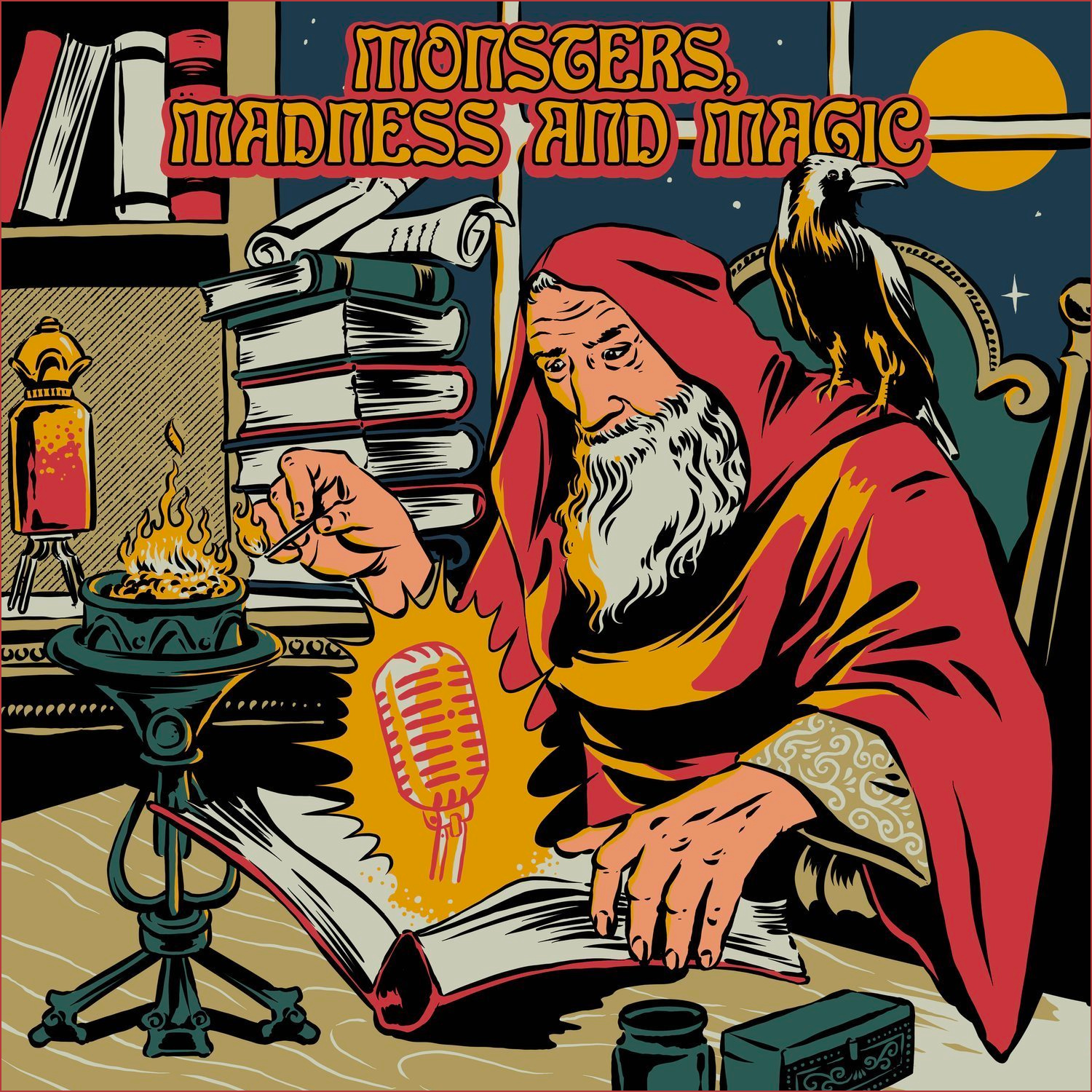
.png)
On the right TV, this creates an incredible image, but it doesn't mean the entire image is brighter than its SDR counterpart-only those highlights are. In HDR, a sun shining through the forest will really pop against the shady foreground, or a campfire will glow like an oasis of warmth against the dark desert night. In HDR, bright highlights can be 1,000 nits or more, depending on the capabilities of your TV.

Its main purpose is, as its name suggests, to create a higher dynamic range-that is, a bigger gap between the dark parts of a scene and the bright parts. Most modern LCD TVs, however, are capable of putting out 300 nits or more when playing that SDR content, so if you're in a brightly lit room, you can just crank up the backlight, which lifts the brightness of everything in the picture-from dark shadows to bright highlights. The movies and shows you've been watching for years were mastered in what we now call standard dynamic range, or SDR-and it's actually quite dim, mastered with peak brightness levels of only about 100 nits.


 0 kommentar(er)
0 kommentar(er)
